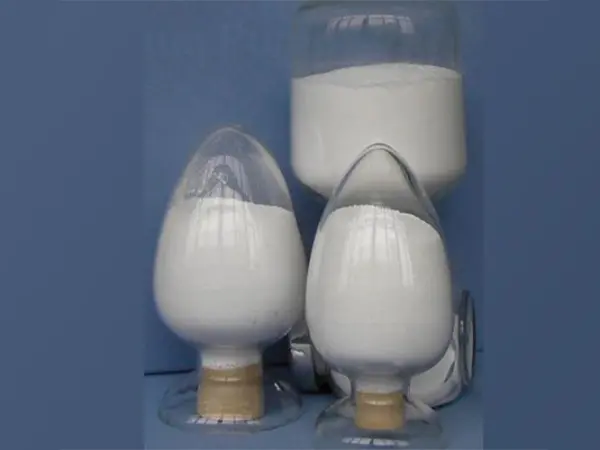Titanium dioxide (TiO2) is a versatile pigment used in a variety of industries, including paints, coatings, plastics and cosmetics. Its unique properties make it an important ingredient in achieving desired color, opacity and UV protection. However, to realize the full potential of TiO2 powder, efficient dispersion is crucial. Proper dispersion ensures even distribution and maximum utilization of pigments, resulting in cost savings and improved product performance.
One of the key challenges in using TiO2 powder is achieving uniform dispersion. Poor dispersion results in uneven coloration, reduced opacity, and reduced product quality. To address this issue, manufacturers and researchers have been exploring innovative strategies to optimize the use of TiO2 powder through effective dispersion technology.
An effective way to improve TiO2 dispersion is to use advanced dispersion equipment. High-speed dispersers, bead mills, and ultrasonic homogenizers are commonly used tools to achieve TiO2 fine particle size reduction and uniform distribution in various liquid and solid matrices. These devices aid in the breakdown of agglomerates and wetting of TiO2 particles, thereby improving the dispersion and performance of the final product.
In addition to advanced equipment, choosing the right dispersant is also crucial for optimizing the use of TiO2 powder. Dispersants, such as surfactants and polymer additives, play a vital role in stabilizing dispersions, preventing re-agglomeration and promoting adhesion to the substrate. By carefully selecting the appropriate dispersant based on the specific application and matrix, manufacturers can achieve efficient dispersion of TiO2 powder and improve its overall performance.
In addition, the combination of surface treatment technologies can significantly affect the dispersion and utilization of TiO2 powder. Surface modification techniques, such as silane treatment and alumina coating, can enhance the compatibility of TiO2 with different matrices, thereby improving dispersion and adhesion. These surface treatments also help improve the weather resistance and durability of TiO2-containing products, making them more suitable for outdoor applications.
Another aspect of optimizing the use of TiO2 powder is the development of customized dispersion solutions for specific applications. Different industries and products may require unique diversification strategies to achieve optimal performance. For example, in the paints and coatings industry, titanium dioxide dispersions formulated with rheology modifiers and stabilizers can improve flow properties and prevent settling, ensuring consistent color and coverage. Likewise, in the plastics industry, masterbatch formulations with optimized TiO2 dispersion can enhance the mechanical and optical properties of the final product.
In summary, optimizing the use of TiO2 powder through efficient dispersion is critical to maximizing its benefits in a variety of applications. By utilizing advanced dispersion equipment, selecting appropriate dispersants, combining surface treatment technologies and customizing dispersion solutions, manufacturers can achieve uniform dispersion of TiO2 and improve its performance in the final product. These strategies not only help save costs and improve product quality, but also pave the way for continued innovation and advancement of titanium dioxide-based materials in the global market.
Post time: Aug-13-2024


